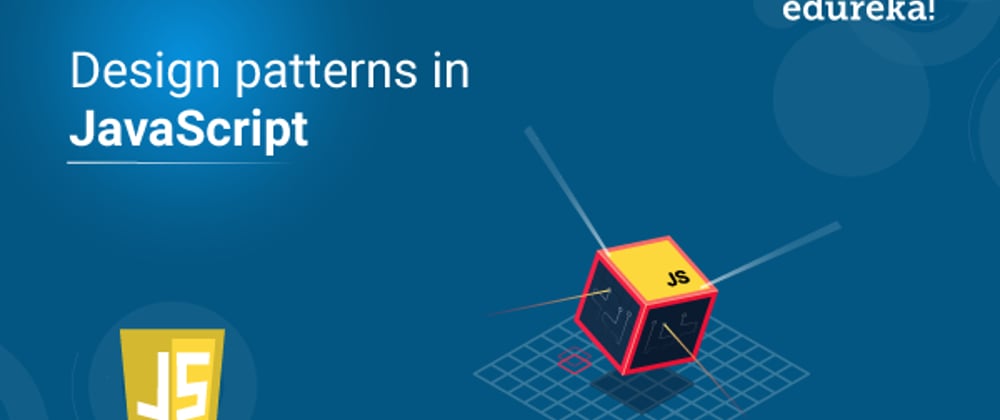Design pattern is a broad, reusable solution to common problems in software design. It shows relationships and interactions between classes or objects Design patterns represent the best practices used by experienced object-oriented software developers. Design patterns are solutions to general problems that software developers faced during software development. These solutions were obtained by trial and error by numerous software developers over quite a substantial period of time.
Design Pattern are classified into three categories:
Creational Patterns: These design patterns provide a way to create objects while hiding the creation logic, rather than instantiating objects directly using new operator. This gives program more flexibility in deciding which objects need to be created for a given use case.
Structural Patterns: These design patterns concern class and object composition. Concept of inheritance is used to compose interfaces and define ways to compose objects to obtain new functionalities.
Behavioral Patterns: These design patterns are specifically concerned with communication between objects.
Some of the well known design patterns are given below:
Singleton Pattern: It is essential in a scenario where only one instance needs to be created, for example, a database connection. It is only possible to create an instance when the connection is closed or you make sure to close the open instance before opening a new one. This pattern is also referred to as strict pattern, one drawback associated with this pattern is its daunting experience in testing because of its hidden dependencies objects which are not easily singled out for testing.
Prototype Pattern: It is based on prototypical inheritance whereby objects created to act as prototypes for other objects. In reality, prototypes act as a blueprint for each object constructor created.
Constructor Design Pattern: This is a special method that is used to initialize the newly created objects once a memory is allocated. Since JavaScript is typically object-oriented, it deals with objects most, therefore I intend to delve in to object constructors.
Abstract Factory Pattern: It is a creational concerned with the creation of objects without the need for a constructor. It provides a generic interface for creating objects, where we can specify the type of factory objects to be created. Therefore, we only specify the object and the factory instantiates and returns it for us to use. It is wise for us to use factory pattern when the object component set up has a high level of complexity and when we want to create different instances of objects easily depending on the environment we are in. We can also use factory pattern when working with many small objects sharing the same properties and when composing objects that need decoupling.
Module Design Pattern: In the module design pattern, there is an improvement from the prototype pattern. The different types of modifiers (both private and public) are set in the module pattern. You can create similar functions or properties without conflicts. There is the flexibility of renaming functions publicly. The daunting part of this is the inability to override the created functions from the outside environment.







Top comments (0)